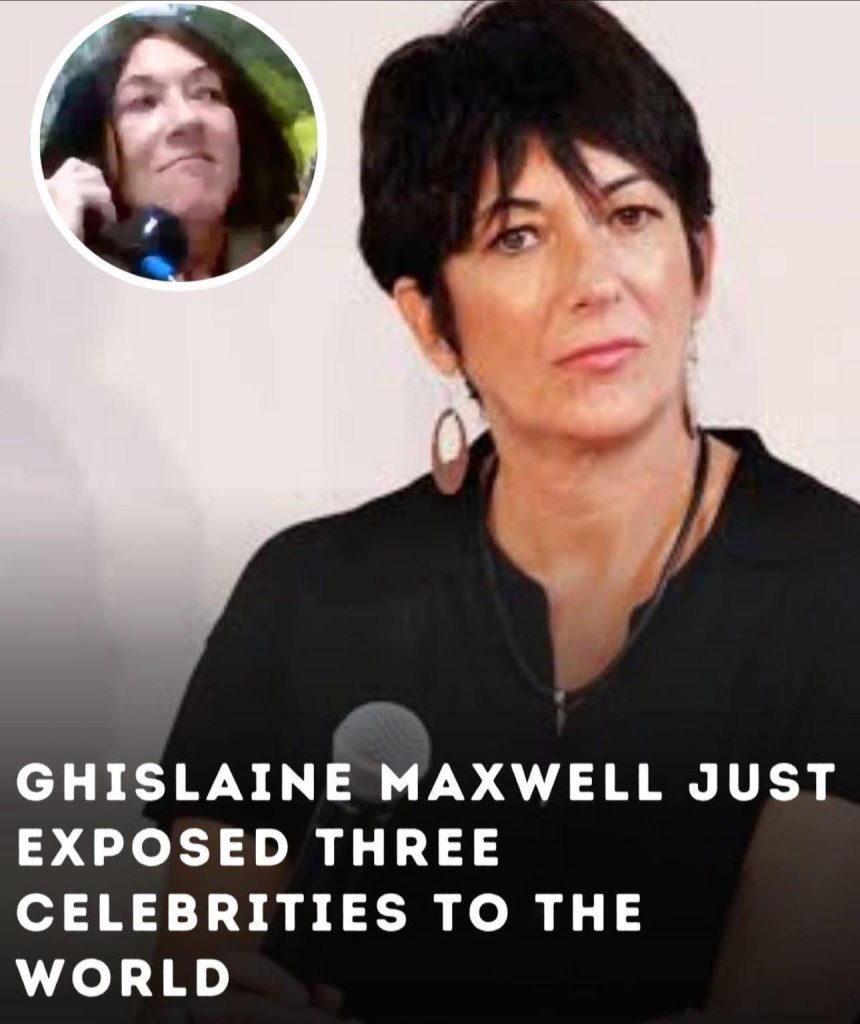Public debates about what courts choose to disclose and what they keep confidential often lead to confusion. Many people assume that every redaction or limited statement signals that something important is being hidden. In reality, trust in the justice system grows less from revealing every detail and more from clearly explaining how decisions about disclosure are made.
When courts take time to outline the rules that guide what can and cannot be shared, they transform what may appear to be secrecy into a structured, understandable process. This clarity helps the public recognize that limitations are rooted in policy, not in concealment.
People may not gain access to every document or piece of evidence, but they can come to understand the reasoning behind those limits. This understanding makes the system feel less mysterious and more predictable. Instead of guessing why something is withheld, observers can look to the standards that shaped the decision.
Over time, these consistent explanations build more confidence than any single release of information could. Transparency becomes a matter of process, not volume, and people learn to expect steady communication rather than complete disclosure.
